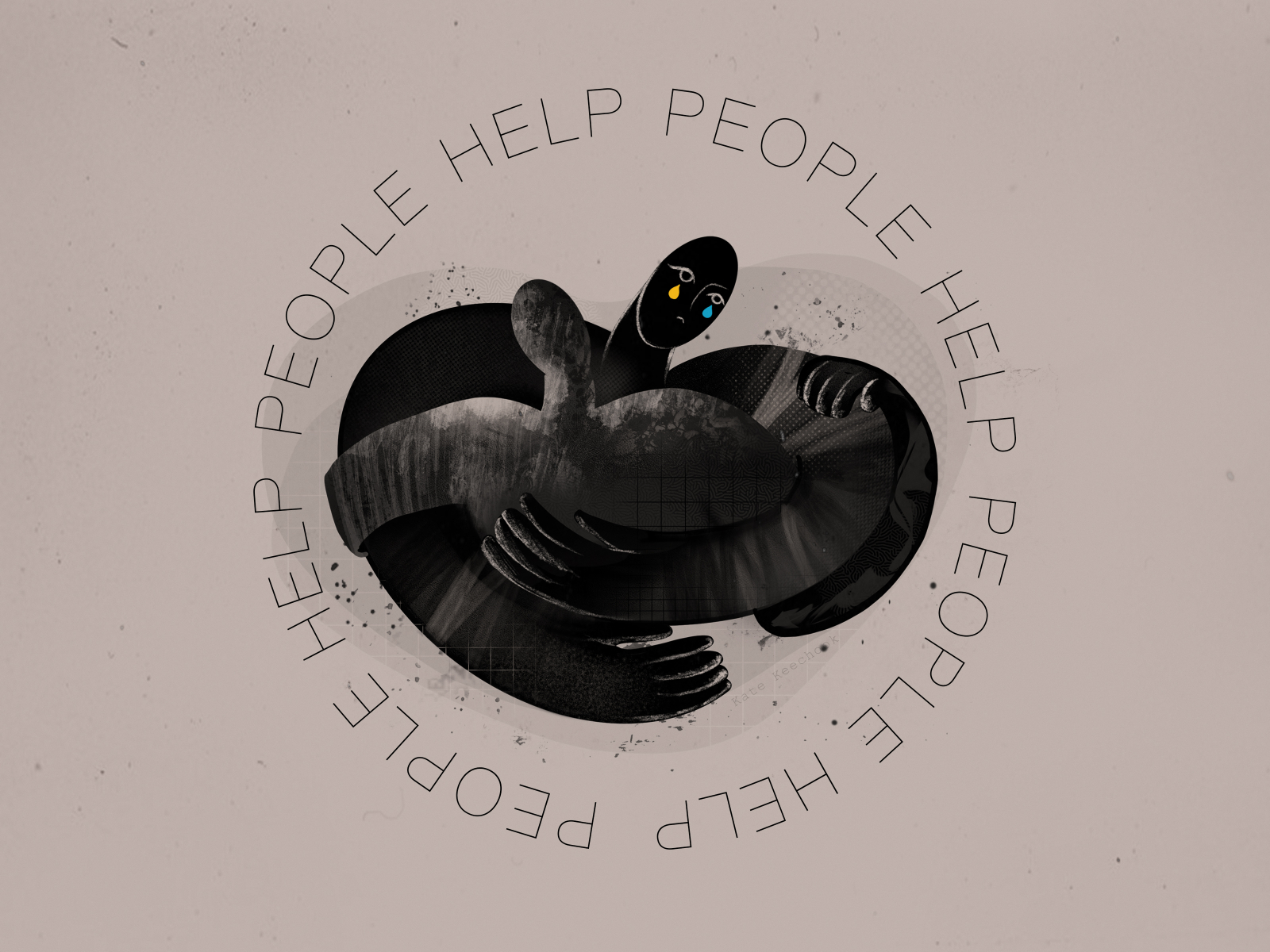 In May 2019, Orben and Przybylski released a subsequent specification curve analysis in Psychological Science of 3 nationally agent samples from details sets like 17,247 subjects from the Republic of Ireland, the United States, and the United Kingdom which include time-use diary scientific tests and identified minimal proof for considerable adverse associations for digital display engagement and adolescent perfectly-getting and observed that correlations amongst retrospective self-reports and time diaries are far too very low for retrospective self-experiences to be beneficial. In February 2020, Frontiers in Psychology released a commentary on Orben and Przybylski’s May 2019 research from psychologists Jean Twenge, Andrew B. Blake, Jonathan Haidt, and W. Keith Campbell that famous that the summary of Orben and Przybylski’s assessment that there is no significant link concerning display screen time measured with time diaries and adolescent effectively-currently being designed six analytical choices (e.g. relying exclusively on linear correlations, mostly measuring participation in digital media pursuits instead than time spent, combining all sorts of display screen time, not separating data by gender) that substantially decreased the dimension of the romance and mentioned that the info sets Orben and Przybylski cite do demonstrate a obvious and substantial romantic relationship in between depression and heavier utilization of social media for women (consistent Skinny babe with long legs Jordana Heat Wants big Cock in pussy other analysis by Twenge and Haidt).
In May 2019, Orben and Przybylski released a subsequent specification curve analysis in Psychological Science of 3 nationally agent samples from details sets like 17,247 subjects from the Republic of Ireland, the United States, and the United Kingdom which include time-use diary scientific tests and identified minimal proof for considerable adverse associations for digital display engagement and adolescent perfectly-getting and observed that correlations amongst retrospective self-reports and time diaries are far too very low for retrospective self-experiences to be beneficial. In February 2020, Frontiers in Psychology released a commentary on Orben and Przybylski’s May 2019 research from psychologists Jean Twenge, Andrew B. Blake, Jonathan Haidt, and W. Keith Campbell that famous that the summary of Orben and Przybylski’s assessment that there is no significant link concerning display screen time measured with time diaries and adolescent effectively-currently being designed six analytical choices (e.g. relying exclusively on linear correlations, mostly measuring participation in digital media pursuits instead than time spent, combining all sorts of display screen time, not separating data by gender) that substantially decreased the dimension of the romance and mentioned that the info sets Orben and Przybylski cite do demonstrate a obvious and substantial romantic relationship in between depression and heavier utilization of social media for women (consistent Skinny babe with long legs Jordana Heat Wants big Cock in pussy other analysis by Twenge and Haidt).
 fifteen observe-up of the Fragile Families and Child Wellbeing Study who accomplished surveys quantifying particular slumber period and insomnia symptoms, screen time use of social messaging, website browsing, television or movie viewing, and gaming, and depressive techniques and the scientists created a multiple mediation product though controlling for depressive signs or symptoms at age 9 to discover associations concerning age fifteen display time, rest, and depressive indicators, and found through structural equation modeling that the association for social messaging, web surfing, and tv and motion picture seeing, the a few snooze variables entirely mediated the positive association between display screen time and depressive symptoms although for gaming the snooze variables only accounted for 38.5% of the association in between gaming and depressive signs and symptoms. They hypothesized that social media people will noticeably vary in demographic variables these types of as age, gender, and education and learning and that ADHD would be appreciably linked with social media use. Based on the upward social comparison, it may possibly be that repeated publicity to idealized visuals lowers adolescents’ self-esteem, triggers depression, and improves depression about time. They found that display time and physical exercise was independently involved with psychological wellness.
fifteen observe-up of the Fragile Families and Child Wellbeing Study who accomplished surveys quantifying particular slumber period and insomnia symptoms, screen time use of social messaging, website browsing, television or movie viewing, and gaming, and depressive techniques and the scientists created a multiple mediation product though controlling for depressive signs or symptoms at age 9 to discover associations concerning age fifteen display time, rest, and depressive indicators, and found through structural equation modeling that the association for social messaging, web surfing, and tv and motion picture seeing, the a few snooze variables entirely mediated the positive association between display screen time and depressive symptoms although for gaming the snooze variables only accounted for 38.5% of the association in between gaming and depressive signs and symptoms. They hypothesized that social media people will noticeably vary in demographic variables these types of as age, gender, and education and learning and that ADHD would be appreciably linked with social media use. Based on the upward social comparison, it may possibly be that repeated publicity to idealized visuals lowers adolescents’ self-esteem, triggers depression, and improves depression about time. They found that display time and physical exercise was independently involved with psychological wellness.
In April 2020, Nature Human Behaviour released a response to Orben and Przybylski’s February 2019 research from Twenge, Haidt, Thomas Joiner, and Campbell that pointed out that Orben and Przybylski likewise made six analytical selections (e.g. only looking at monotonic effects, combining all varieties of monitor time and not separating knowledge by gender, excluding hours-for each-7 days things on non-television digital media this kind of as social media, web use, gaming, texting, and video clip chat) that lowered the outcome sizes of their investigation, noting as a substitute that all three of the datasets that they included in their analysis contained details that indicates that significant use of social media is persistently linked with non-trivial destructive psychological health outcomes for ladies, and taking into consideration the mounting rates of melancholy, panic, self-harm, and suicide amid girls in the United States and other nations that no other scientists have observed a plausible choice rationalization for, Twenge et al. In February 2021, Frontiers in Psychiatry posted a research of one zero one kids with ASD and 57 kids with no ASD to study the romance involving screen time of young children with ASD and their development quotients and discovered that display screen time for kids with ASD was for a longer time among youngsters with ASD (3.34 ± 2.64 hours) than youngsters with out (.91 ± .93 hours) and monitor time for little ones with ASD was positively correlated with the Childhood Autism Rating Scale.
five many years subsequent the Preferred Reporting Items for Systematic Reviews and Meta-Analyses recommendations and that performed a Grading of Recommendations Assessment, Development and Evaluation with topics stratified by age and discovered that screen time is affiliated with poorer rest results for young children beneath the age of 5, with meta-assessment only confirming bad snooze outcomes between children underneath two several years whilst for motion behaviors proof was blended but that physical action and outside enjoy amongst children 1-4 were being favorably involved. In February 2019, experimental psychologists Amy Orben and Andrew K. Przybylski printed a specification curve examination of details from the Monitoring the Future study, the Millennium Cohort Study, and the Youth Risk Behavior Surveillance System that integrated a overall of 355,358 topics in Nature Human Behaviour to take a look at the correlational evidence for destructive effects of digital engineering on adolescent effectively-being and found that electronic engineering use accounted for only .4% of the variance and that these a modest modify did not require general public plan changes and that the body weight presented to digital screen time in scientific and public discourse is outsized. The romantic relationship involving bipolar dysfunction and engineering use has been investigated in a singular survey of eighty four participants for Computers in Human Behavior.

